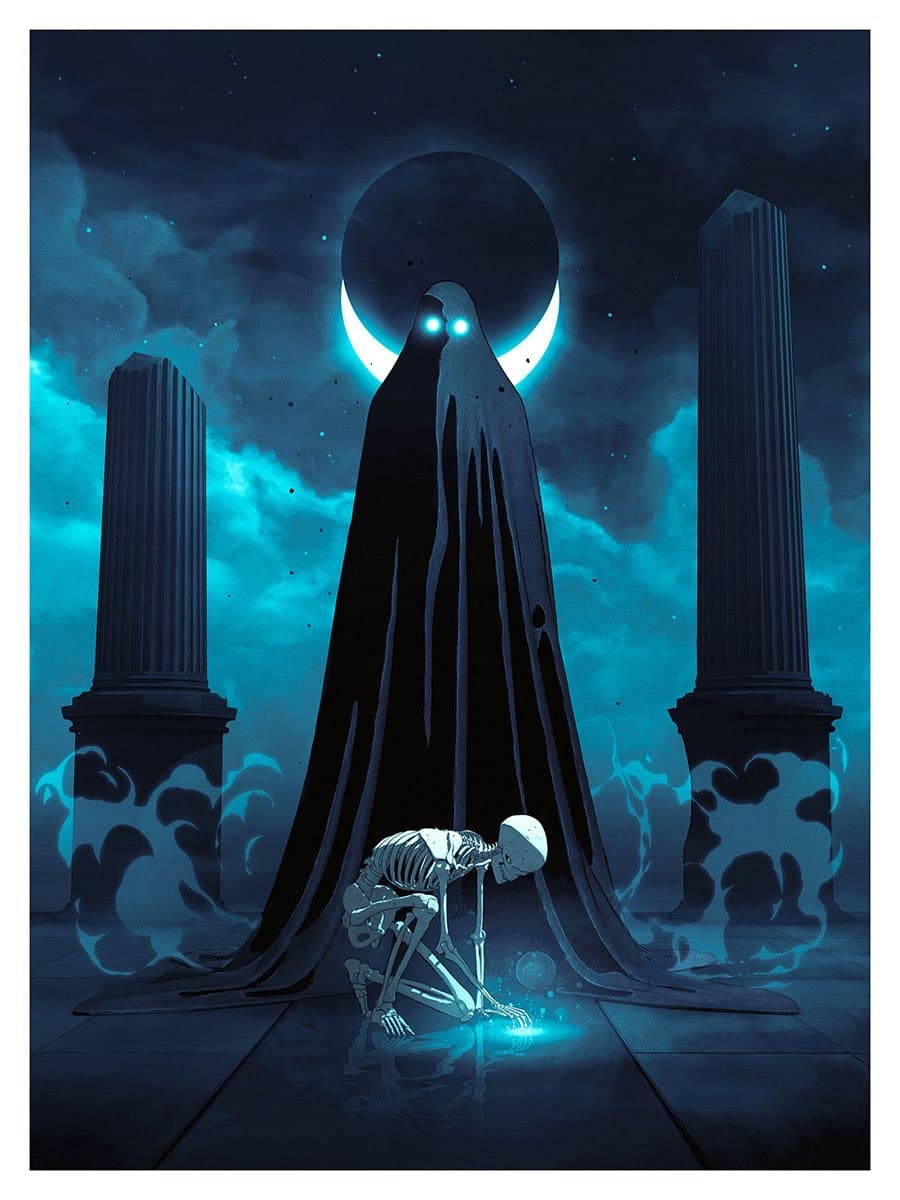Dániel Taylor is an artist from Budapest, Hungary with a passion for art and a master of illustration. His skill in drawing the emotion out of a scene has attracted many to his style including a long list of high profile clients and a range of work to match. KeyShot is in the foundation of his process for testing composition, lighting, and camera. Here he tells us more about his start and how he uses KeyShot.
Dániel Taylor
What led to your interest in art and your use of surrealism?
I’ve been interested in art ever since I was a child. Only my tools have changed since then, going from graphite pencils (which I still use today) to digital tools. For me, super realistic drawings of actual, real-life scenes bring out less emotion when compared to the same scene with a kind of odd, unnatural touch to it. It’s a bit of an escape from the real-life we’re so used to and it’s a great feeling to create something like that.
 What was the turning point in your career?
What was the turning point in your career?
I believe, the biggest turning point was when Adobe asked me to do an illustration for their Adobe Max event. I’ve been using their software professionally for years and it was encouraging to receive a commission from them.
What is unique about your approach to a project?
I don’t really think of my approach as unique. I use 3D mixed with 2D illustrations, which a lot of artists do. Perhaps what is least common is how I use more toon shaders in the illustrations.
What is your primary 3D modeling software?
ZBrush is my primary software, recommended to me when I was starting out in 3D. It was challenging initially with a vastly different UI (compared to Photoshop for example), so it definitely took more time to learn. I occasionally mix Blender into my workflow for hard surface modeling and use DAZ3D for more difficult human forms and poses, which is a perfect base to start from.
Where in the process do you use KeyShot?
I use KeyShot paired up with ZBrush in the early/mid stages and usually have a raw sketch created before diving in.
What makes KeyShot an important tool to have?
KeyShot helps me a lot when testing different compositions, lighting variations, camera lenses, and even color sometimes (I do this less, nowadays, and just color it in Photoshop). I can move around different elements extremely easily if I’m not happy with what I see and it just saves me a lot of time rather than redrawing the whole thing. I also love that I can get different passes which I can then manipulate and use in a lot of ways. For example, I occasionally use the ambient occlusion pass and convert it to a halftone layer which can get interesting results.
But I think it’s important to mention that the raw render from KeyShot is the foundation for what I aim to achieve with my illustrations. I use the KeyShot render as a base layer, then draw/paint on top of that for hours and hours until I’m happy with the results. I can already see the final illustration from the KeyShot render, though. It’s one of the most important stages. If it doesn’t look good there, no matter how much I do by hand, it won’t change the outcome too much.
What advice would you give to someone interested in doing what you do?
Keep pushing and don’t be discouraged by artists who are better than you – use that as motivation to get to their level. It could be years away from your current skill set but keep pushing. Also, do what you enjoy doing instead of chasing what seems popular on social media.















